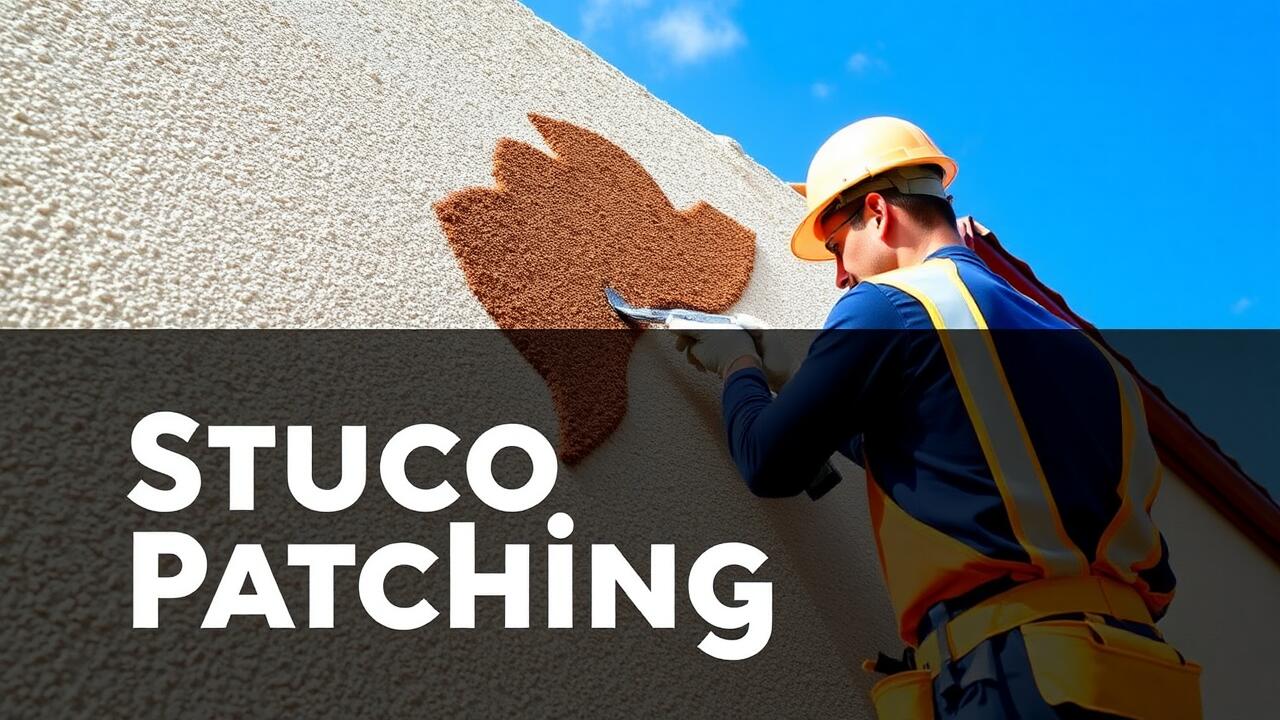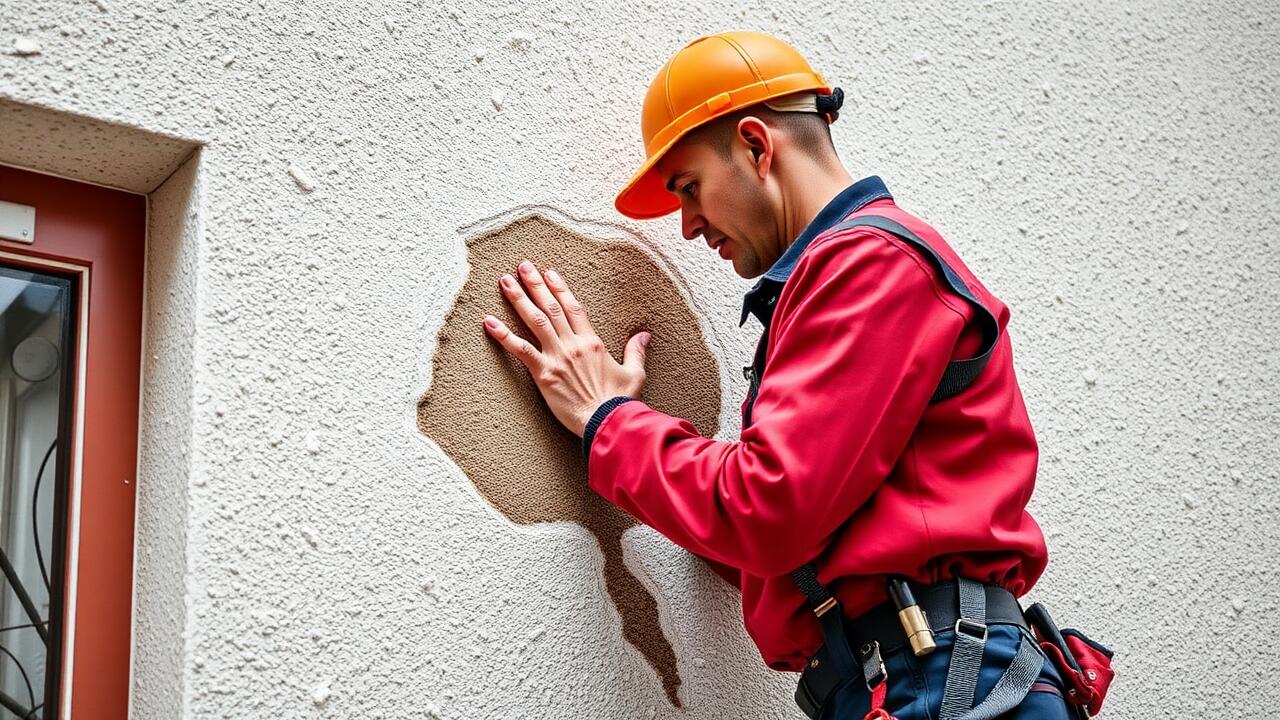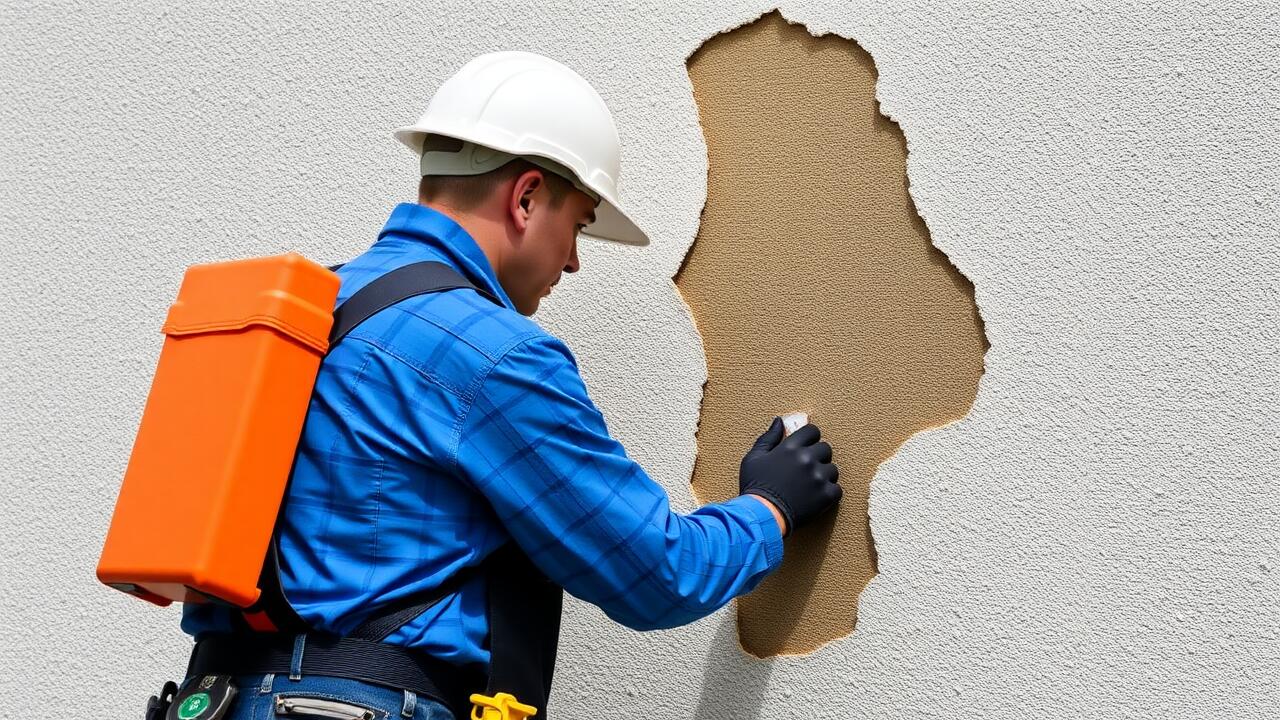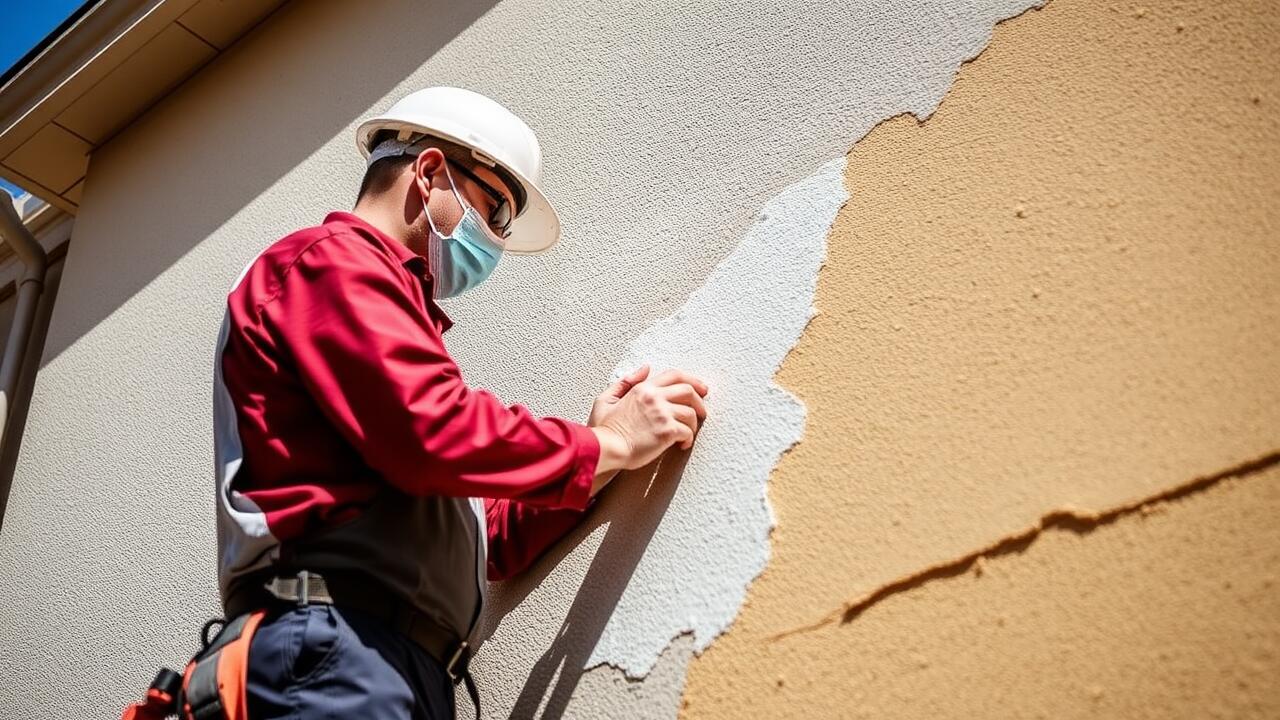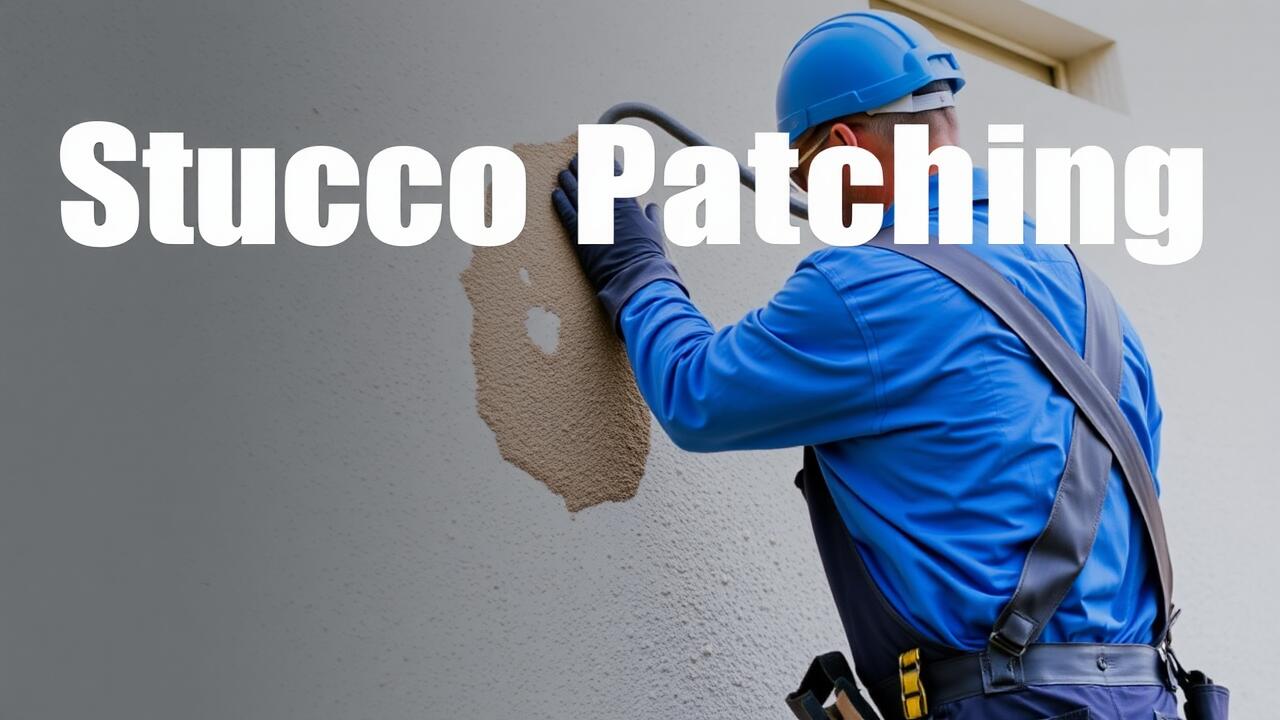
Benefits of Using Stucco Exteriors
Stucco exteriors offer numerous advantages that make them a popular choice for homeowners. One of the primary benefits is their durability. Stucco can withstand harsh weather conditions, including extreme heat and heavy rain. This resilience helps reduce maintenance costs over time, as it is less prone to issues such as rotting or warping. Additionally, stucco provides excellent insulation properties, contributing to energy efficiency in homes.
Another notable benefit is the aesthetic versatility that stucco provides. It can be customized with various textures, colors, and finishes, allowing homeowners to achieve their desired look. This adaptability makes stucco suitable for many architectural styles. For those residing in specific areas like Echo Park, Los Angeles, finding specialized services such as Stucco Patching in Echo Park, Los Angeles, ensures that repairs and updates maintain the structure’s visual appeal while preserving its practical benefits.
Aesthetic Appeal and Versatility
Stucco is well-regarded for its aesthetic versatility, allowing homeowners to choose from a variety of textures and colors. The material can easily complement different architectural styles, ranging from traditional to contemporary. This adaptability makes it a popular option for individuals looking to enhance the curb appeal of their homes. Not only does stucco provide a polished finish, it also offers an opportunity for creative expression through design variations.
Beyond its visual appeal, stucco can be an economical choice over time. Its durability means that it withstands various weather conditions, reducing the frequency of repairs and maintenance. Homeowners in areas like San Pedro, Los Angeles can particularly benefit from specialty services such as Stucco Patching in San Pedro, Los Angeles, which help maintain the exterior’s visual integrity. This not only keeps properties looking fresh but also preserves their value in the long run.
Comparing Stucco to Other Siding Options
When considering exterior siding options, it is essential to evaluate how stucco compares to alternatives like vinyl, wood, and fiber cement. Stucco offers a unique texture and can be customized with various colors and finishes. Its durability is notable, as it can withstand harsh weather conditions better than many other materials, which may necessitate more frequent maintenance. Homeowners value this resilience, particularly in areas prone to extreme heat or moisture.
Cost is often a significant factor in the decision-making process. Although stucco may require a higher initial investment compared to materials like vinyl, its longevity can lead to better overall value. When analyzing maintenance costs over time, including the potential need for repairs such as stucco patching in Westlake, Los Angeles, the initial expense may be offset by the fewings required throughout its life. Understanding these factors can help homeowners make informed choices that suit their budget and aesthetic preferences.
Cost and Longevity Analysis
When evaluating the cost and longevity of stucco as an exterior finish, one must consider the initial investment versus long-term durability. The material itself is relatively affordable compared to some other siding options. Homeowners often choose stucco for its resilience and ability to withstand various weather conditions. However, maintenance plays a crucial role in its lifespan. While stucco can last 50 to 80 years with proper care, neglecting minor repairs can lead to significant issues.
Stucco patching in Echo Park, Los Angeles, is an essential service for maintaining the integrity of stucco exteriors. Regular inspections and timely patching can prevent water infiltration and further damage. Addressing cracks and imperfections promptly not only extends the life of the stucco but also reduces long-term repair costs. Homeowners who invest in ongoing upkeep will find that their stucco continues to provide aesthetic and protective benefits for decades.
Environmental Impact of Stucco
The environmental impact of stucco is an important consideration for homeowners and builders alike. Stucco is primarily made from natural materials such as cement, sand, and lime, which are abundant and often locally sourced. This reduces transportation emissions and helps minimize the carbon footprint associated with getting materials to the construction site. Moreover, stucco is known for its durability, which means it rarely needs to be replaced, further reducing waste in landfills over time.
On the energy efficiency front, stucco has excellent thermal insulating properties, contributing to lower energy consumption for heating and cooling homes. The ability to maintain consistent interior temperatures can lead to significant savings on energy bills. For those maintaining or repairing stucco structures, services like Stucco Patching in Westlake, Los Angeles, ensure that the longevity and sustainability of these materials are upheld, supporting an eco-friendly approach to home maintenance.
Sustainability and Energy Efficiency
Stucco is recognized for its energy-efficient properties, especially when applied correctly. The thermal mass of stucco materials helps to regulate temperature fluctuations inside a building. This can lead to reduced energy consumption for heating and cooling, which is an attractive feature for environmentally conscious homeowners. Additionally, the durability and long lifespan of stucco contribute to sustainability. Less frequent replacements mean fewer materials are discarded in landfills over time.
For homeowners seeking to maintain the integrity of their stucco exteriors, options like "Stucco Patching in Palms, Los Angeles" become essential. Patching can repair any damage without necessitating a full replacement, thereby preserving energy efficiency. Proper maintenance ensures that the stucco continues to perform well in terms of insulation and aesthetics, making it a practical choice for those interested in both sustainability and long-term energy savings.
FAQS
What is the typical life expectancy of exterior stucco?
The typical life expectancy of exterior stucco ranges from 50 to 80 years, depending on factors such as installation quality, maintenance, and environmental conditions.
How can I extend the life of my stucco exterior?
To extend the life of your stucco exterior, ensure proper installation, perform regular maintenance checks, address any cracks or damage promptly, and apply a protective coat or sealant as needed.
Is stucco more durable than other siding materials?
Yes, stucco is often considered more durable than many other siding materials, such as vinyl or wood, due to its resistance to fire, mold, and pests. However, it can be susceptible to cracking if not properly maintained.
Does the climate affect the life expectancy of stucco?
Yes, climate can significantly impact the life expectancy of stucco. Extreme temperature fluctuations, excessive moisture, or high humidity can lead to quicker deterioration, while moderate climates may enhance its longevity.
What maintenance does stucco require over its lifespan?
Stucco requires minimal maintenance, which includes regular inspections for cracks, cleaning to remove dirt and mold, and reapplying paint or sealant as necessary to protect against moisture intrusion.
